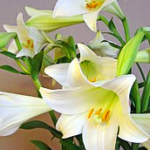 The lily emerges from the cold darkness of winter with a trumpet-like call to new life. If you think about it, its broad white petals and golden interior actually form the shape of a trumpet!
The lily emerges from the cold darkness of winter with a trumpet-like call to new life. If you think about it, its broad white petals and golden interior actually form the shape of a trumpet!
There is probably no better symbol in the plant world for the glorious victory of Christ over evil – long live the lovely lily!
Yet, though I am partial to the Easter lily as the preeminent flower of the Resurrection, I’m thinking of starting a campaign to nominate a runner up.
Another Easter Flower
If I were pressed to vote for a plant that best symbolizes the exuberant joy of that great Event, my vote would go to the absolutely riotous queen of color, the prima donna of prickly plants, the diva of dramatic displays and vixen of vines: the bougainvillea. (Click on any image to enlarge the whole gallery.)
This amazingly beautiful plant is not what you think it is. The radiant flowers are deceptive because they’re not actually flowers. They’re leaves! And they come in an array of deep, rich colors: pink, magenta, fuchsia, purple, red, orange, white, or yellow.
Notice there are no sedate colors in this mix: browns, blues, greens, and such, are just so boring. Every now and then you’ll find one with a few shades of blue or green, but in the bougainvillea universe, those too are elegant and radiant.
And I particularly like when one color of the plant melds into another down the length of a fence like this:
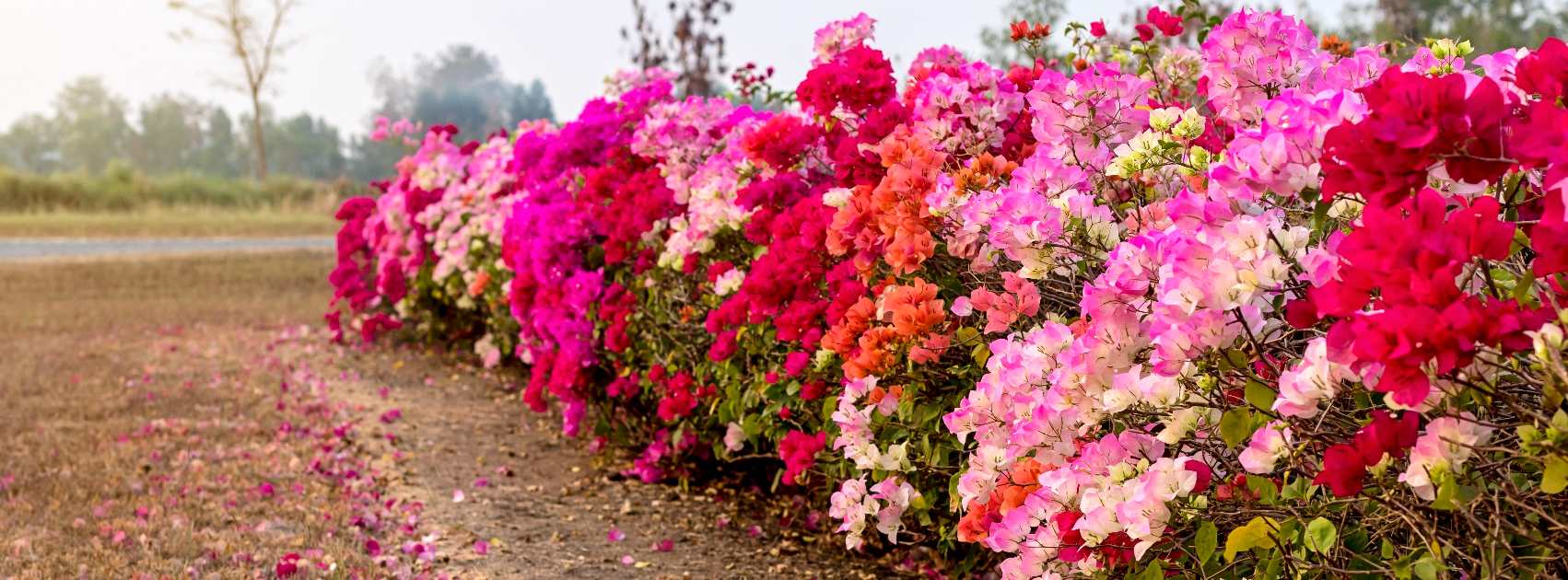
The true flowering core of the bougainvillea plant, however, is found in the tiny white blooms that emerge from the center of the color (as in the purple picture above, and they are also a bit trumpet-like).
I suppose that pure white flowers emerging from a sort of “tomb” of leaves also qualifies the bougainvillea to be an Easter plant. Okay, I’m stretching the metaphor a bit, but why not?
Beautiful but Dangerous
Better Homes and Gardens calls these plants “tough as nails, which describes their nail-like thorns,” which means you shouldn’t take their spikes lightly while you draw near to admire the beauty of their foliage.
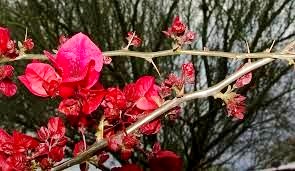 And like all divas, she is…how shall I say it…a bit treacherous. Have you ever tried to cut back a bougainvillea? If so, you’d know what I’m talking about.
And like all divas, she is…how shall I say it…a bit treacherous. Have you ever tried to cut back a bougainvillea? If so, you’d know what I’m talking about.
We had one in our backyard when I was growing up, and my dad recalls with some dismay his attempt to rein in the spreading bougainvillea on the back fence. Judging from the pained look on his face when he told me the story – and the scars on his arms – he lost that battle.
This beauty shares some distinctive traits with human divas that will either endear you to her or infuriate you:
- She needs lots of room (a bougainvillea brooks no competition; make sure to keep other plants 6-9 feet away – at least. She has a bad habit of choking her competitors to death.)
- She absorbs warmth (climates) and sunlight (limelight, maybe?) like a celebrity soaks up attention, spotlights, and cameras.
- She is socially aggressive and ambitious (the bougainvillea is a climber on trellises, walls, and fences – it can reach a height of 20 feet and a width of 40), and
- She abhors getting her feet, er, roots, wet (after their initial growth period, bougainvilleas need minimal watering and don’t like wet soil or wet weather for too long).
- She loves to express herself – constantly (some of them are perennials, being non-stop gorgeous all year round, and others that are seasonal tend to bloom in every season!)
- And would you be surprised to know that the bougainvillea’s sap can sometimes be toxic? I didn’t think so.
The Better Homes and Gardens article goes on to describe this plant’s lifestyle very literally as a performance. Notice the descriptive language that I’ve highlighted in this paragraph:
Since bougainvilleas are tropical natives, make sure they get plenty of sun! Some varieties can handle part sun but won’t perform as well as they could in full sun. In less than full sun, plants will be much more sparse and have a less spectacular flower show, if any at all. On the other hand, keeping your bougainvillea in full sun will keep your plant blooming.
As I said: they’re shameless celebrities. They crave the heat of attention from every passer-by just like they do from the sun.
On the plus side, they are easy to grow and low maintenance for upkeep (which is probably the only real difference between them and a human diva.)
Oh yes, and they are natives of Latin America although they can find a home in any place on the globe with a warm climate and lots of sun. And of course, they love to show off on the fronts of homes.
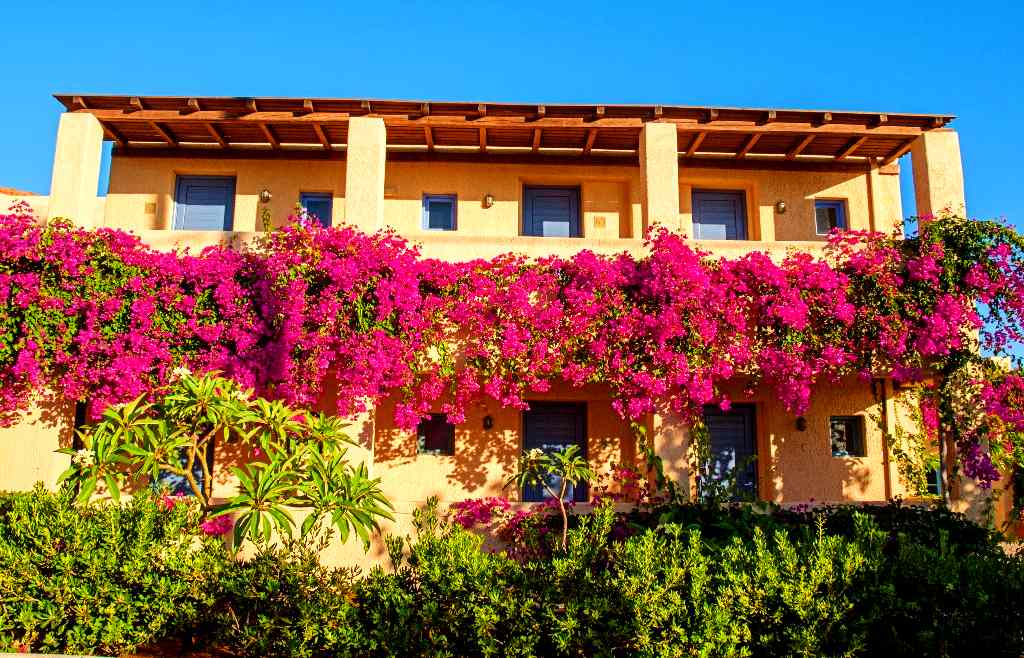
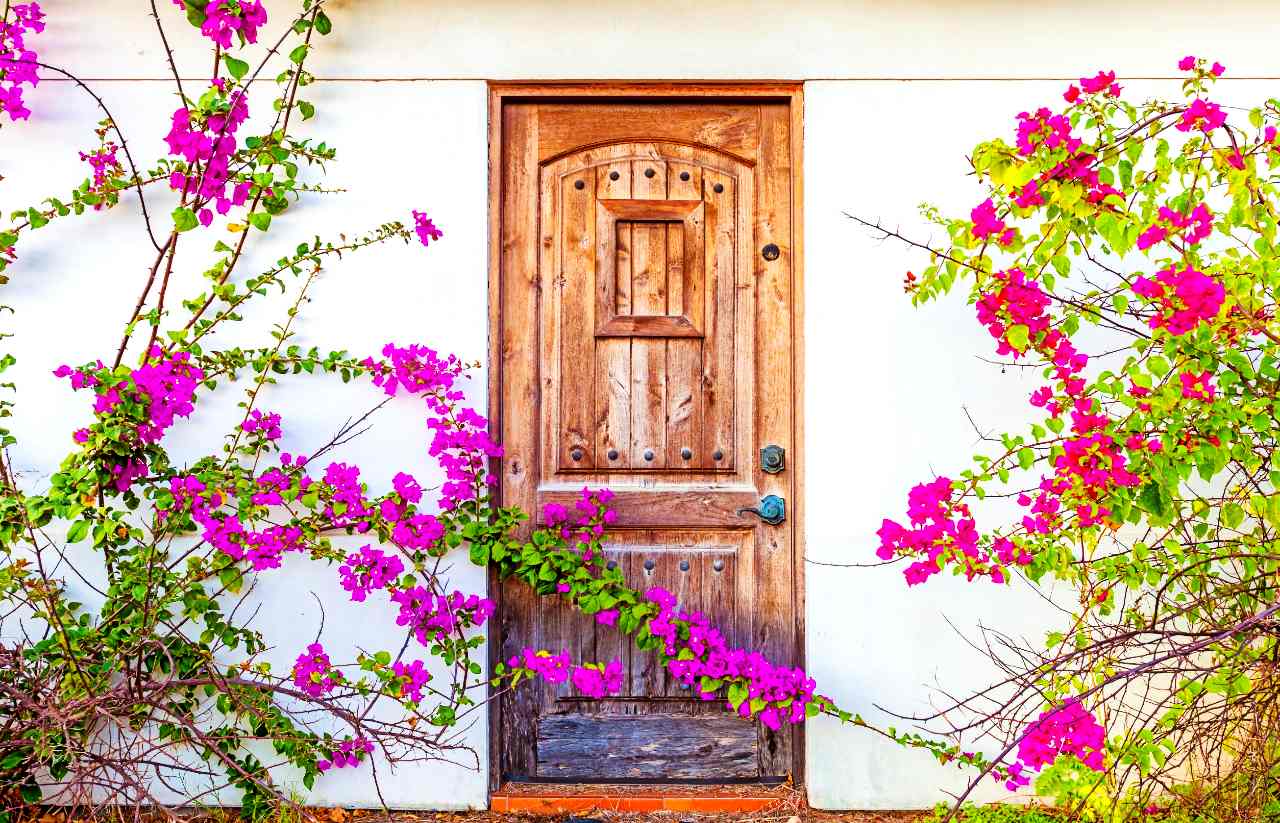
Diva Names
Some of their names should tell you about their pretensions to celebrity status. I’ll list some of the more – ahem – colorful ones here, but there is a fantastic website (see button below) that contains just about every beautiful name imaginable for this amazing species. It is organized according to colors.
Check out the names of these prime performers in the bougainvillea universe:
Scarlett O’Hara (Bright Red, of course)
Pixie Queen (Red and Yellow)
Jamaica White (Bright White)
Jubilee Showlady (Purplish Pink)
Temple Fire (Deep Fuchsia)
Mardi Gras (Orange)
Royal Dauphine (Red)
Tequila Sunrise (Pastel Orange)
Delta Dawn (Bright Yellow)
Flamingo (Pinkish White)
Miss Universe (Pink & White)
Lady Casimir (Salmon)
Aussie Gold (Deep Yellow)
Fiesta (Hot Pink)
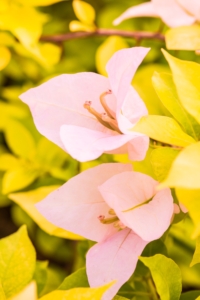 And then there are my two absolute favorite names:
And then there are my two absolute favorite names:
Fifina (Purple) and Yuyu (who is actually a rare Light Blue)!
Finally, there is even one fascinating variety called Sunvillea Cream which has a tremendously beautiful silky, cream-colored leaf – wow!
If you’ve become an instant bougainvillea fan like me, check out the whole kaleidoscope of colors and varieties at this website when you have a minute:
A Bit “Prickly” About Their Fame
When you’re telling all your friends about these hot numbers, you must absolutely, unquestionably, infallibly, undoubtedly make sure to get their species name right.
Just know that they are very particular about their celebrity reputation, name, and prerogatives because they don’t want to be confused with any lesser species, or even worse, with any human beings of the French surname variety or other non-plant things that have the audacity to capitalize on their name and fame.
(Remember what I said about how they treat their competition. I’m just repeating the warning for your own good.)
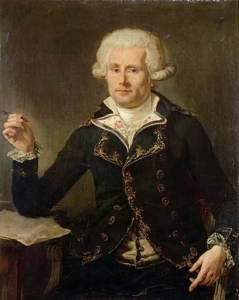 For example, there is a very ugly and grotesque species of subarctic marine plant called the Bougainvillia. I mean, who spells this gorgeous name with an “IA” at the end? Don’t even bother to Google this creature. You’ll be totally scandalized.
For example, there is a very ugly and grotesque species of subarctic marine plant called the Bougainvillia. I mean, who spells this gorgeous name with an “IA” at the end? Don’t even bother to Google this creature. You’ll be totally scandalized.
Then there was the French guy who pretended to be the discoverer of this plant, Bougainville (without the final “A” of course. Unworthy.) As if the plant wasn’t there at least a zillion years before it was “discovered” by this explorer? The real plants find it hard not to be insulted by this assertion of recent human history.
In fairness to Admiral Louis-Antoine de Bougainville, 1729–1811, he did circumnavigate the globe in 1766-1769 when it was not an easy thing to do, which is why he “discovered” the plant in South America. He later fought on our side in the American Revolutionary War. All diva annoyance aside, we’ll give him a pass.
You would also be wise not to confuse the glorious bougainvillea plant with several classes of trifling things and people, most named after the explorer, such as
- Several islands in the South Pacific and the Falklands
- A famous French writer, Jean-Pierre de Bougainville, who happened to be the explorer’s brother (the explorer’s son was named Hyacinthe, which is perfectly suited for an article about flowers, of course)
- Numerous streets and parks (all graced by an abundance of bougainvillea plants no doubt)
- A whole slew of navy vessels, including one US aircraft carrier, as well as a battle of World War II
- A political party in French Polynesia
- A bevy of films and novels, and
- At least one French noble title (i.e., Count) that dates back to the explorer himself – who undoubtedly owes his noble status to how impressed the French king was when he laid eyes on the wondrous plant that the explorer “discovered” and brought back to France. That little matter of sailing around the world in rickety wooden ships had nothing to do with it, I’m sure.
Enough said. Judged on its own merits, I’m sure you’ll agree that the bougainvillea plant is a truly wonderful expression of God’s gratuitous abundance and joy that flows out of His creation everywhere you look.
“His splendor covers the heavens, and the earth is full of His praise” (Habakuk 3:3).
We human beings like to call ourselves discoverers and pioneers of these great works of the Lord, but actually we are all just looking through the sacred windows of their overflowing beauty to an eternal Beauty that created them all.
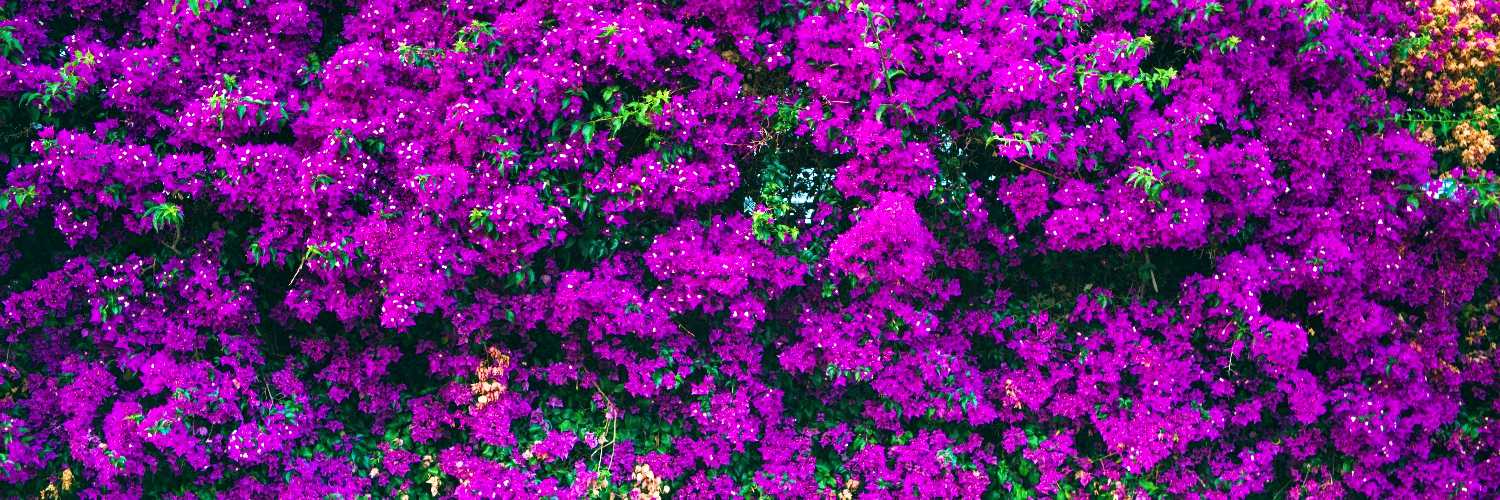
The Case for a Second Easter Flower
I told you at the beginning that the bougainvillea was a great runner up to the Easter lily. It’s almost the perfect symbol of life, joy, and natural beauty – in other words, Resurrection!
So, what do you think about joining me in a petition to ask the Vatican to designate the bougainvillea as the official plant of Exuberant Easter Joy? I mean, the pope is from Latin America, right? We can’t go wrong.
But, then again, maybe I’m getting ahead of myself. That campaign will only happen provided that we first have, um, the diva’s permission. She alone will decide whether or not she will accept the title.
The jury’s still out on that one. I’ll keep you posted.
VIDEO: Burke’s Backyard
And don’t miss this awesome Aussie gardener named Burke who stands in front of a long bank of bougainvilleas growing on a fence in Sydney and waxes eloquent about the stunning colors and virtues of this amazing plant. There’s a little background noise, but he clearly loves his bougainvilleas and communicates that admiration with great zeal. He’s hilarious! It’s just two and a half minutes, and it’s great fun to watch.
———-
[Note: This article is a reproduction of the Sacred Windows Email Newsletter of 4/16/23, so it does not end with the regular Soul Work section. Please visit our Newsletter Archives.]
All bougainvillea images courtesy 123RF.com and Pinterest. Louis Antoine de Bougainville by Joseph Ducreux, Public domain, via Wikimedia Commons
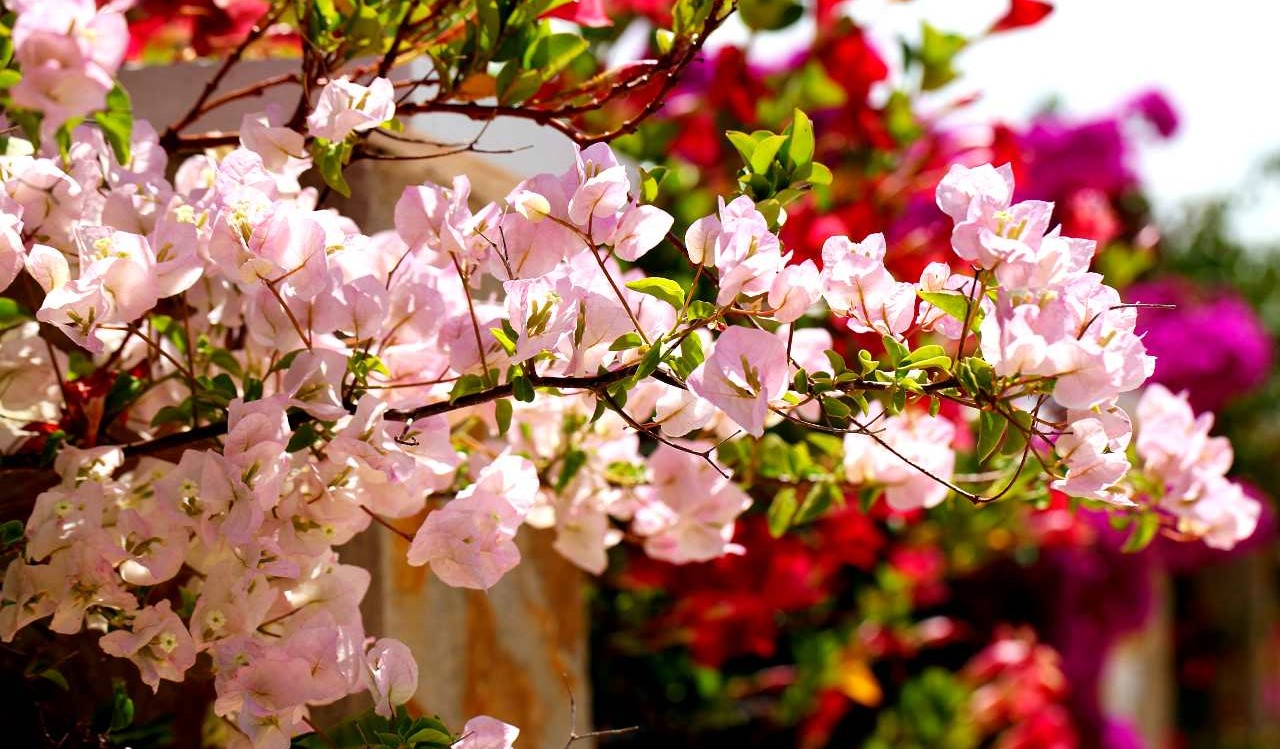
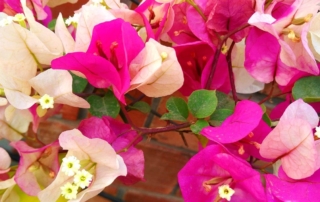
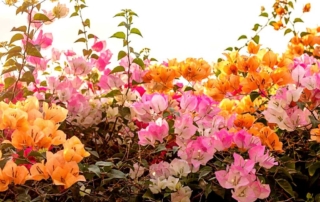
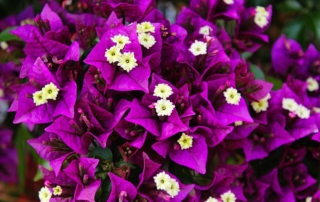
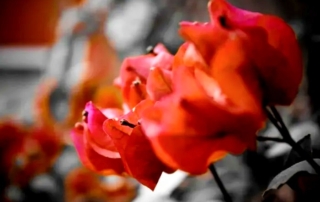
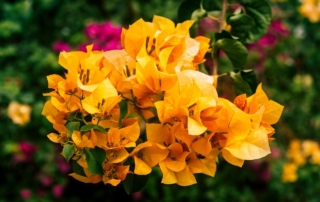
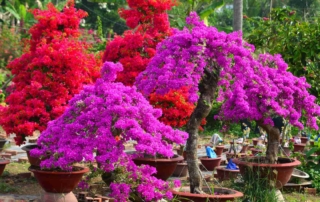
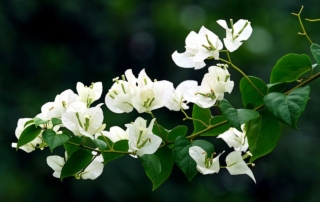
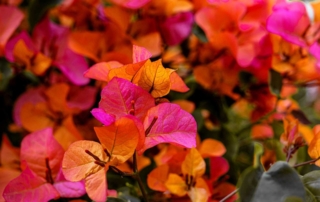

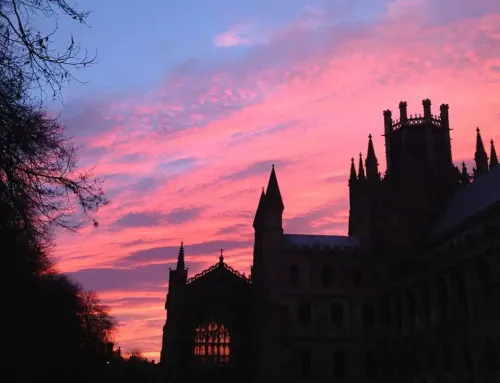

Leave A Comment